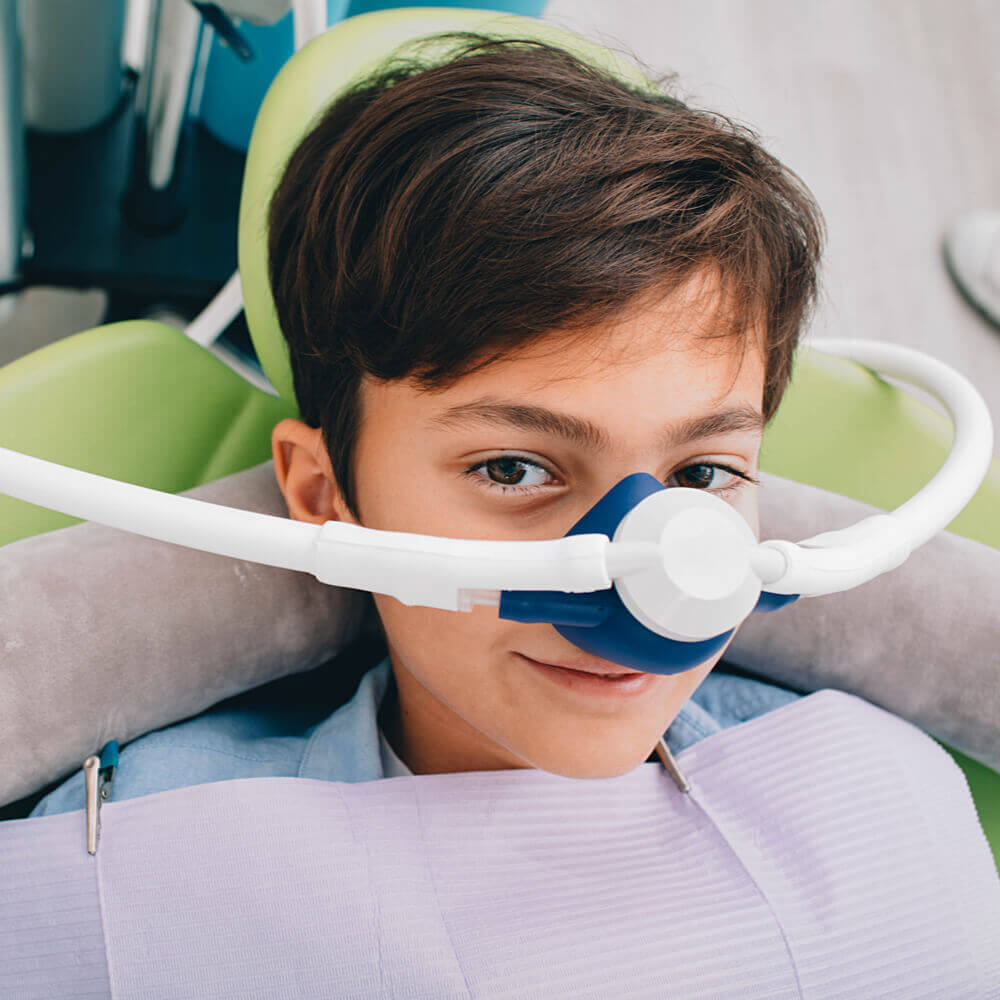We are not a registered HMO/Medicare/Medicaid provider instead, try our Membership Plan
Sedation
Safe and Effective Anxiety Relief with Sedation
We know what it’s like to feel anxious about the dental office because Dr. Ryan was that patient too! Whether it’s the sounds, smell, or memories you had as a child, we want to help you achieve your ideal smile in a manner that will set you up for lifelong success. Maximize your time by receiving your dental work in less visits.
Nitrous Oxide (laughing gas)
Perfect for the patient who needs a little extra reassurance for their anxious nerves. It’s quick and easy to set up and you won’t need to make special arrangements for your dental visit.
Oral Conscious Sedation
Provides a higher level of anxiety reduction and is suitable for the patient who wants maximal comfort during their visit.
Want to schedule an appointment?
Ready to book your next appointment? Let's find the perfect time for you!






